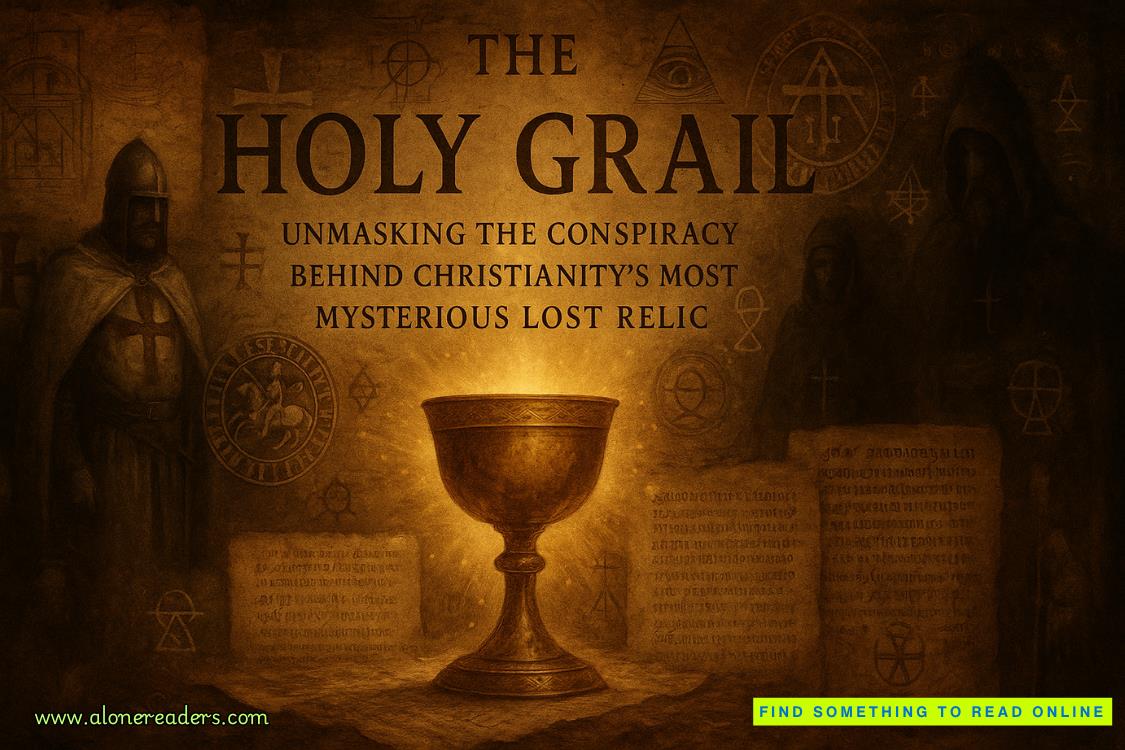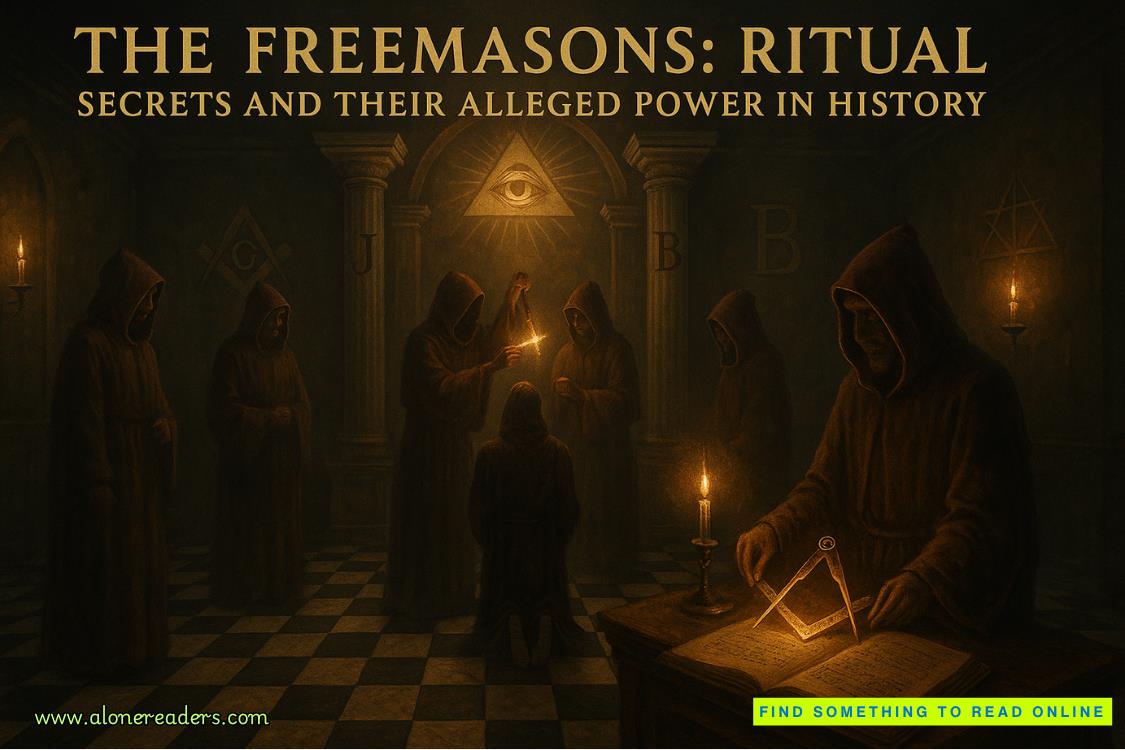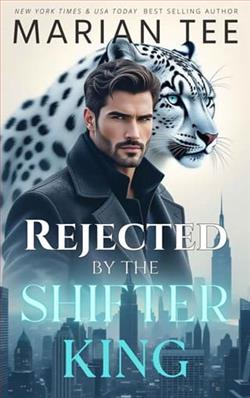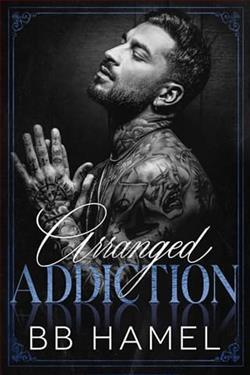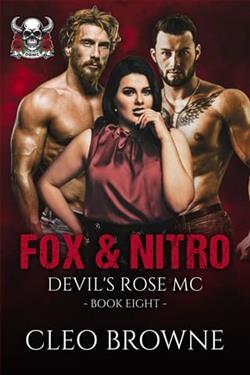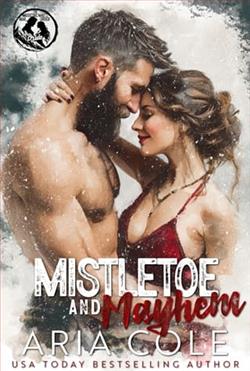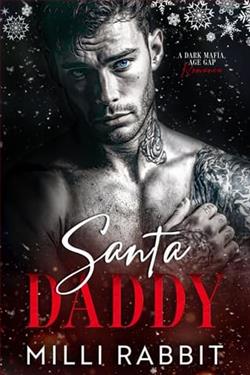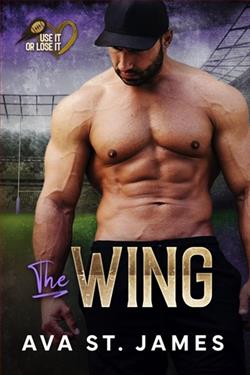Page 48 of Once Broken
Hayes shook his head.“This is as good as it gets.Convenience store camera, probably hasn’t been upgraded in a decade.”
Riley leaned closer, studying the indistinct shape.“Medium height, athletic build.Can’t tell if it’s a man or woman.”She pointed to the way the figure moved.“See how they check for witnesses before entering the alley?And that deliberate pace?They knew exactly where they were going.”
Hayes nodded.“No fumbling, no hesitation.”
The camera caught the figure reaching the theater’s side door, one that was not used for deliveries, not public access.There was a pause as they person worked on the lock—bent slightly forward, hands moving in skillful motions.After perhaps thirty seconds, the door swung open, and the figure slipped inside.The entire process was clinical, efficient.
“Just as you suggested, Riley,” Ann Marie said.“The killer picked the lock.No forced entry, no broken glass.Professional.”
Hayes closed the video with a click.“So our killer has skills beyond film knowledge.Lock-picking, garrote use—these aren’t casual hobbies.”
“We need to identify the connection between the victims and the films,” Riley said, straightening.“Ann Marie, now that Malcolm has given us that list of people that Roberta Rimes named, can you look them up?See what you can find about their careers, especially around the time of the HUAC hearings.”
“Here, use my computer.”Hayes stood up and vacated his chair to allow Ann Marie access.
“On it," she said, slipping into his chair, her fingers already flying across the keyboard.“This isn’t complicated.They’ll probably all be inWikipedia.I’ll start with Weston Black, since we know he directedThe Night Walker.”
While Ann Marie worked, Riley returned to her chair.She gazed out the office window, staring out at downtown Atlanta without really seeing it.Her thoughts drifted briefly to April—to whether Bill had managed to find anything more about Leo Dillard’s whereabouts.She checked her phone but found no missed calls or messages.The silence was both reassuring and disquieting.She forced her attention back to the present case, compartmentalizing her worry as she’d learned to do over years of balancing motherhood with her FBI work.
“Here we go,” Ann Marie announced quickly.“Weston Black, born Jacob Weisman in 1904.Jewish immigrant who came to America as a child.Started as a cinematographer in the 1930s, became a director in the 1940s.Specialized in film noir.”
Hayes had begun pacing his small office.“What happened to him after HUAC?”
Ann Marie scrolled down the Wikipedia page.“He was blacklisted in 1955, immediately after the release ofThe Night Walker.It was the film made Roberta Rimes a star—she had a small but memorable role as a singer who’s poisoned in a nightclub.”
“The same death scene that was recreated for Veronica Slate’s murder,” Riley noted.
“Wait,” Ann Marie said suddenly, her voice rising with excitement.“This is interesting.According to this article, after he was blacklisted, Black managed to direct two more films under the pseudonym ‘Chip Raines.’“
Riley froze, recognizing the name.“Chip Raines?”
“Yes.The two films were—” Ann Marie’s eyes widened as she read the titles.“The Broken Windowin 1957 andShadows at Duskin 1958.”
“So was Chip Raines actually Weston Black?”Riley said.“The same man who directedThe Night Walkeralso directedThe Broken Window?The film that our killer recreated for Crystal Keene’s murder?”
“Yes,” Ann Marie confirmed, her expression mirroring Riley’s shock.
Hayes stopped his pacing.“So both murder scenes were from films directed by the same person?”
“The same person directing under different names,” Riley said.“That can’t be a coincidence.Weston Black is our connection, under any of his names.”
Ann Marie continued reading, her brow furrowing.“It says his pseudonym was exposed by gossip columnist Myrtle Carroway in late 1958.After that, he couldn’t get work under any name.He died in poverty in 1965, completely forgotten by the industry that once celebrated him.”
“So Roberta names him to HUAC,” Riley said, “ending his legitimate career.He tries to continue working under a pseudonym, but Myrtle Carroway exposes him, ending even that avenue of escape.”
“A double betrayal,” Hayes murmured.“First by Roberta, then by this Carroway woman.”
“Malcolm mentioned that we should talk to Lucy Morgan,” Riley recalled.“He said she wrote articles about this period called ‘Bad Blood Reckoning.’Can we find those online?”
Hayes nodded.“The Atlanta Chronicle has a digital archive.I have a subscription.”He leaned over Ann Marie to access a different browser tab, quickly navigating to the newspaper’s website.After logging in, he searched for “Lucy Morgan Bad Blood Reckoning.”
The search returned a series of articles from ten years earlier.Hayes clicked on the first one, titled “The Poison Pen: How Myrtle Carroway Destroyed Lives During the Red Scare.”
“This is definitely it,” Ann Marie said as they skimmed the lengthy article.“Lucy Morgan writes about how Carroway used her gossip column to support the blacklist, specifically targeting those who tried to work around it.”
Riley read aloud from the screen: “‘Perhaps Carroway’s most devastating revelation came when she exposed director Weston Black’s attempt to continue working under the pseudonym Chip Raines.Her column detailed how Black—whose real name was Jacob Weisman—had directedThe Broken WindowandShadows at Duskusing the fake identity.Studio executives, fearful of being associated with a blacklisted director, immediately severed all ties with him.Black never directed again.’“
Hayes scrolled down further, reaching the author’s bio at the end of the article."Lucy Morgan is the Arts and Culture Editor forThe Atlanta Chronicle.Her interest in the McCarthy era stems in part from a family connection—she is the great-great-great granddaughter of Myrtle Carroway."


